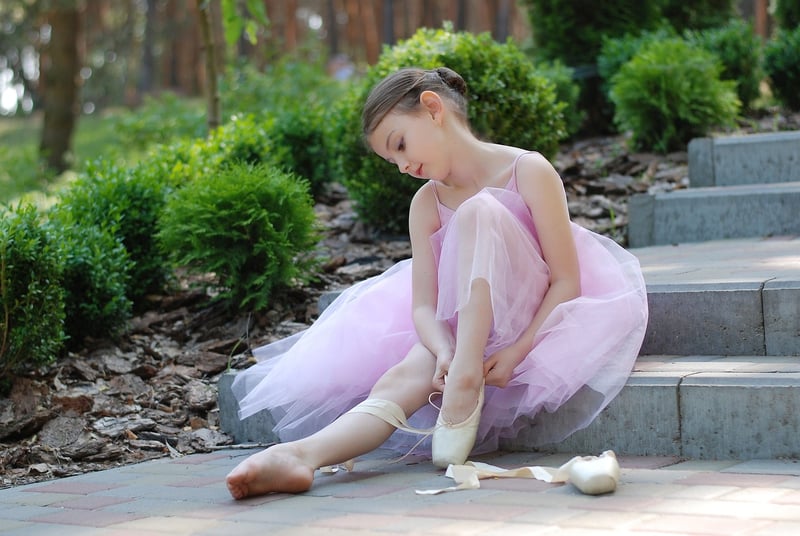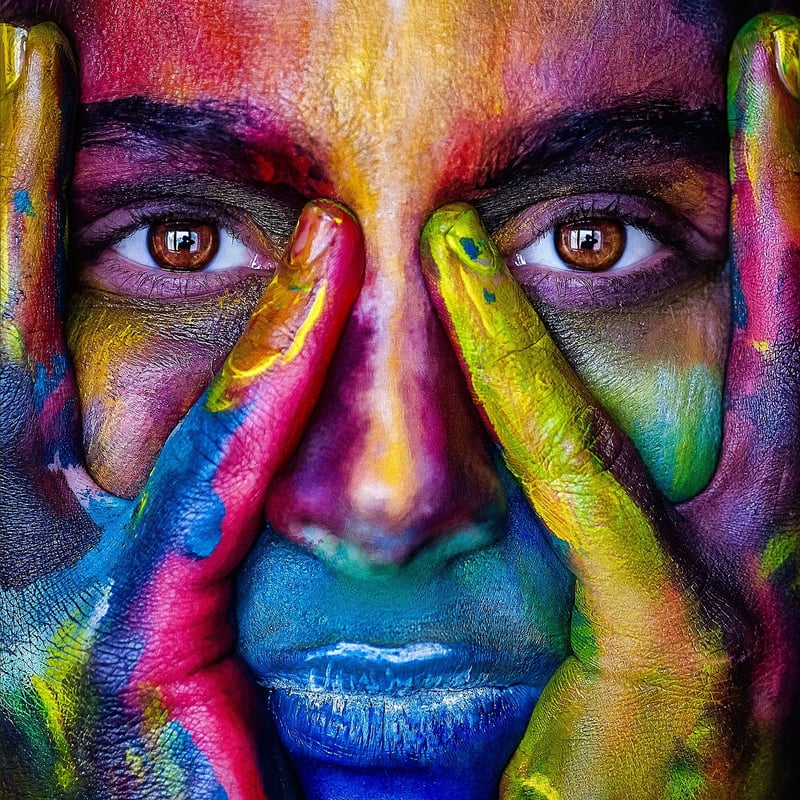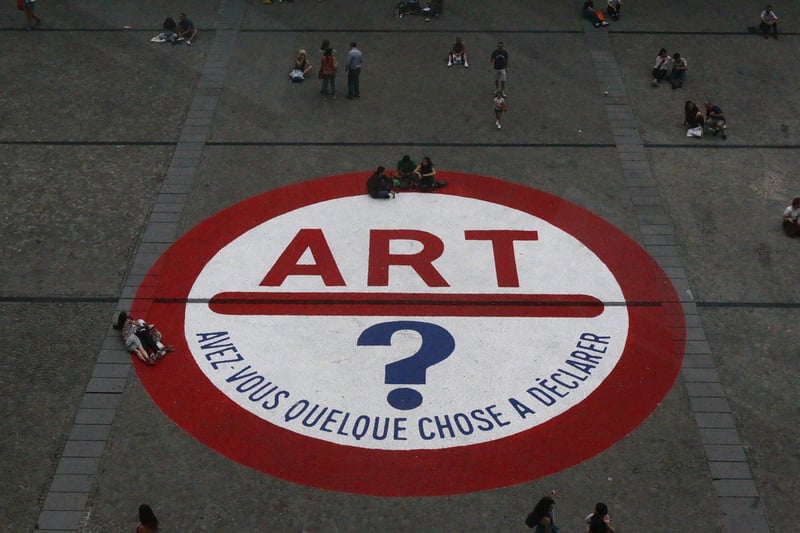Contemporary
Exploring Expressive Movement Forms in Contemporary Art
In the world of contemporary art, expressive movement forms play a crucial role in conveying emotions, ideas, and stories through physicality. Artists today are constantly pushing boundaries and redefining traditional notions of movement and expression. Let's delve into the realm of expressive movement forms and their significance in contemporary art.
The Power of Dance
Dance, with its ability to communicate without words, is a powerful form of expressive movement. From classical ballet to modern dance and experimental forms, dancers use their bodies to convey narratives and evoke emotions. In contemporary art, dance is often incorporated into performances, installations, and videos to create immersive experiences for the audience.

Body Art and Performance
Body art and performance art blur the lines between visual art and movement. Artists use their bodies as a canvas, exploring themes of identity, politics, and culture through physical actions. From Marina Abramović to Yoko Ono, contemporary artists have embraced the power of the body as a tool for expression and social commentary.

Gestural Abstraction
In the realm of painting and drawing, gestural abstraction captures the energy and spontaneity of movement. Artists like Jackson Pollock and Willem de Kooning revolutionized the art world with their expressive brushwork and gestural marks. This form of abstraction translates the physical act of painting into a visual language of movement and emotion.

Interactive Installations
Interactive installations invite viewers to engage physically with the artwork, blurring the boundaries between the observer and the observed. Artists like Olafur Eliasson and Carsten Höller create immersive environments where movement and participation are integral to the experience. These installations challenge traditional notions of art and invite viewers to become active participants in the creation of meaning.

Conclusion
Expressive movement forms in contemporary art open up new possibilities for creativity, communication, and engagement. Through dance, body art, gestural abstraction, and interactive installations, artists continue to push the boundaries of how movement can be used to express ideas and emotions in the ever-evolving landscape of contemporary art.
Explore the dynamic intersection of movement and art in the contemporary world and witness the transformative power of expressive forms in shaping our understanding of the human experience.
